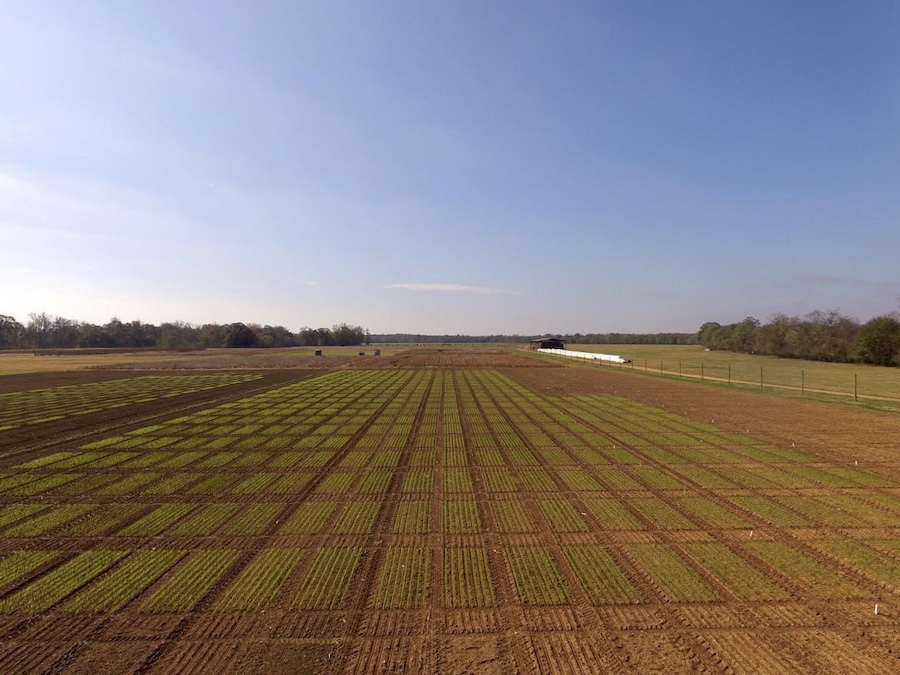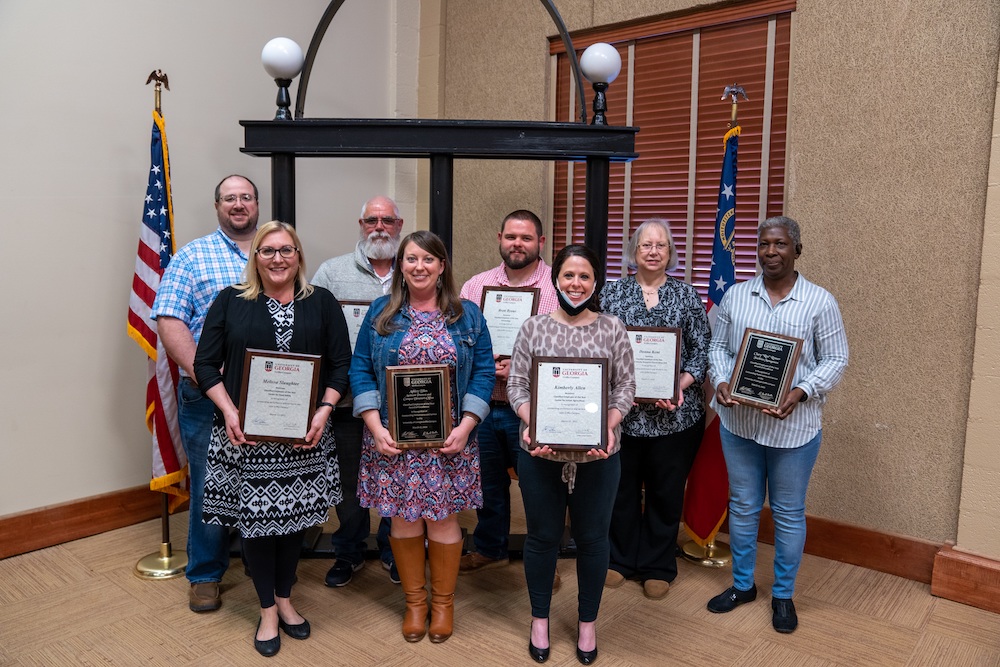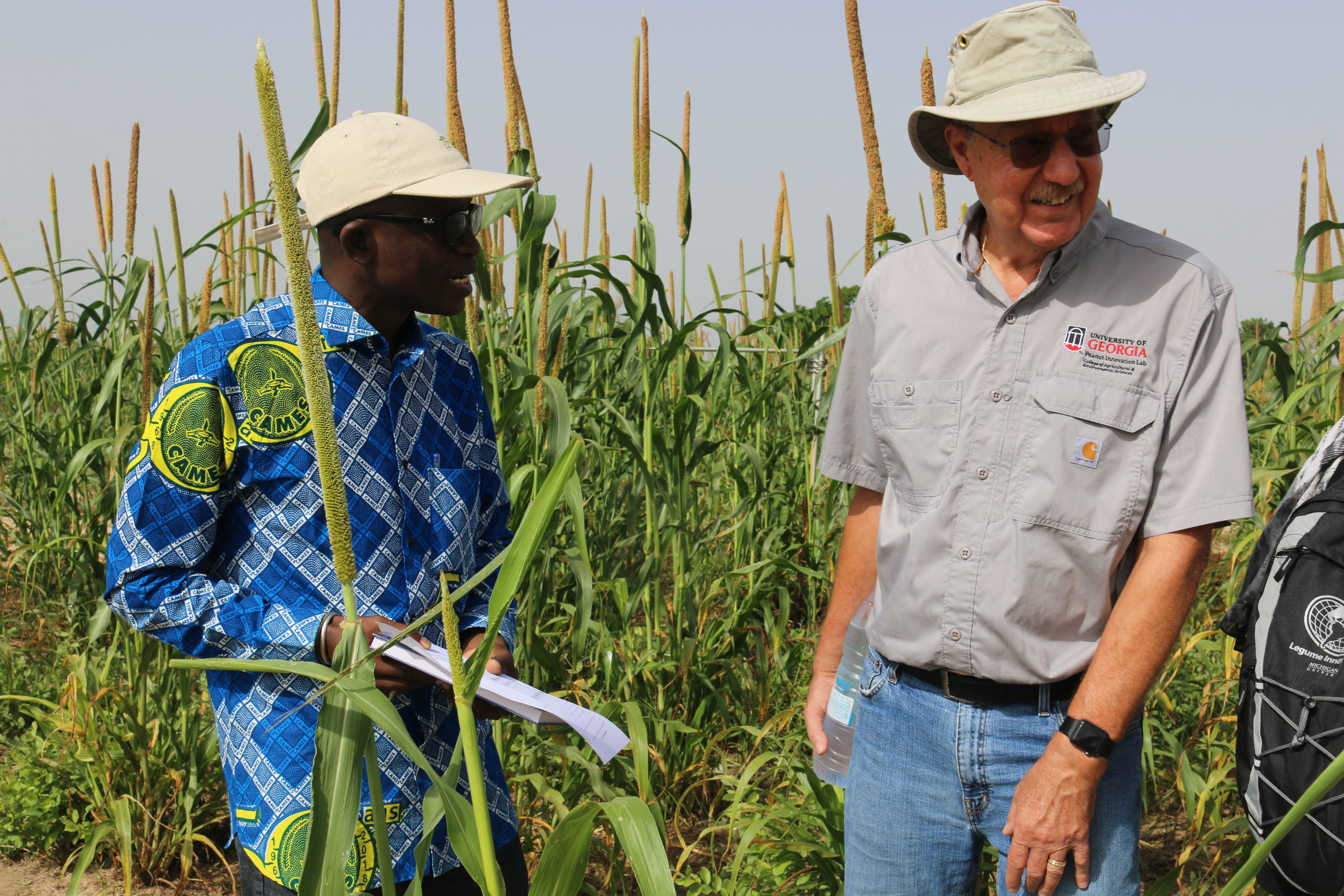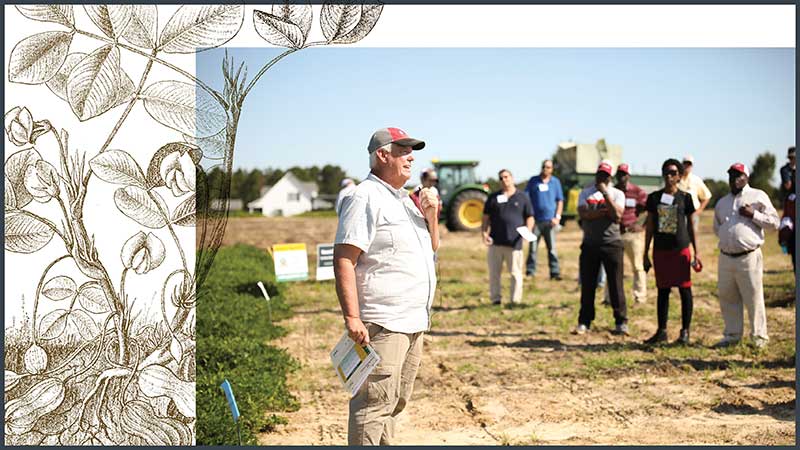 CAES News
CAES News
Peanut Cultivation
From year to year, many row crop producers rotate the crops they plant to reduce pest and disease pressure and to benefit the land, often alternating peanuts with cotton and corn. Peanuts in particular are considered an important cash crop for many farmers.

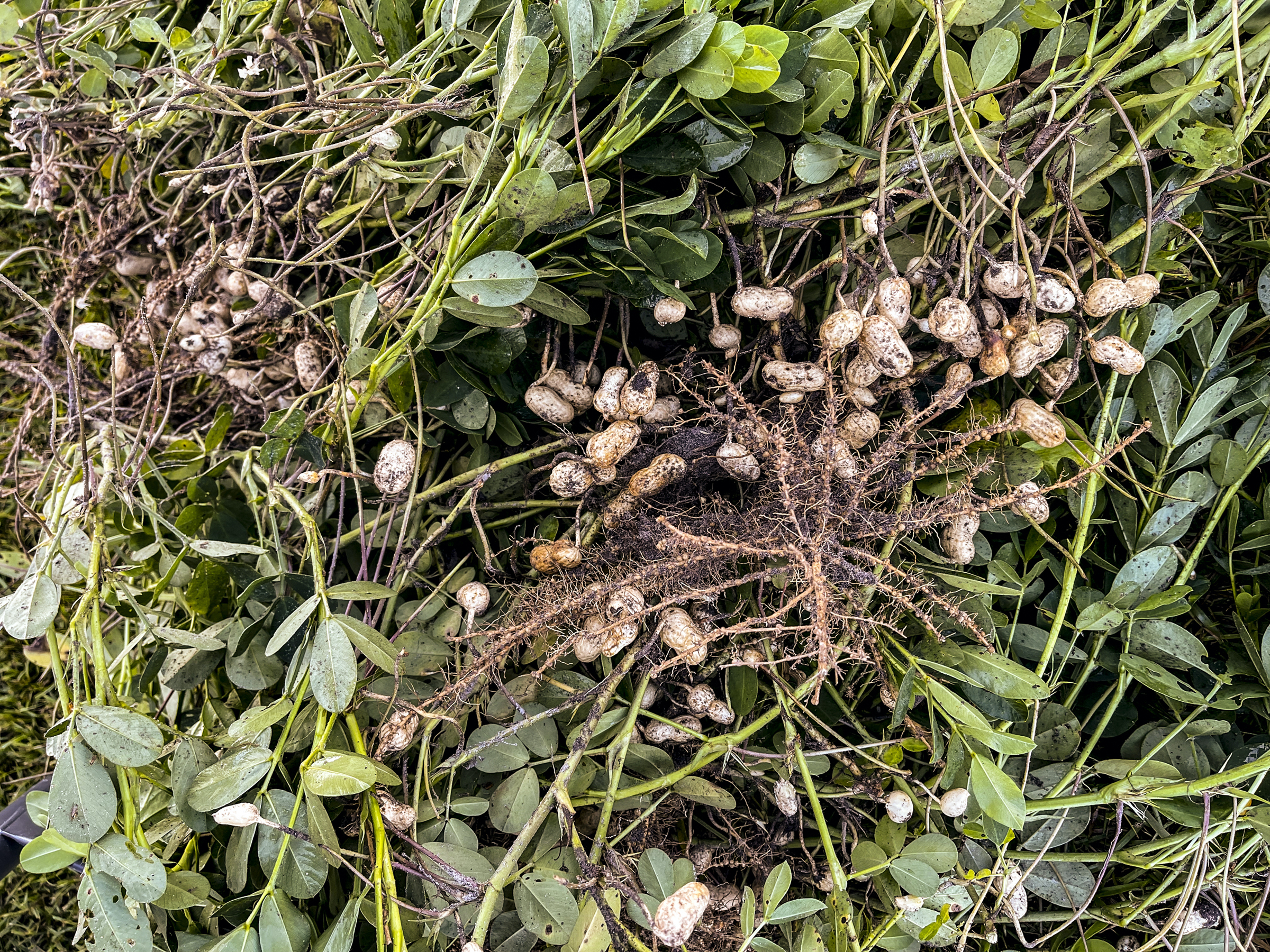
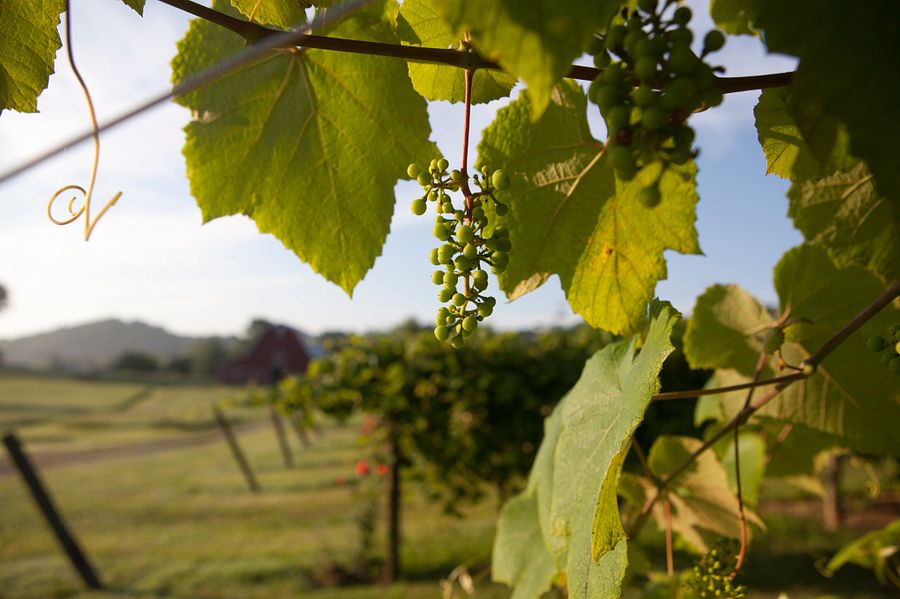
.jpg)
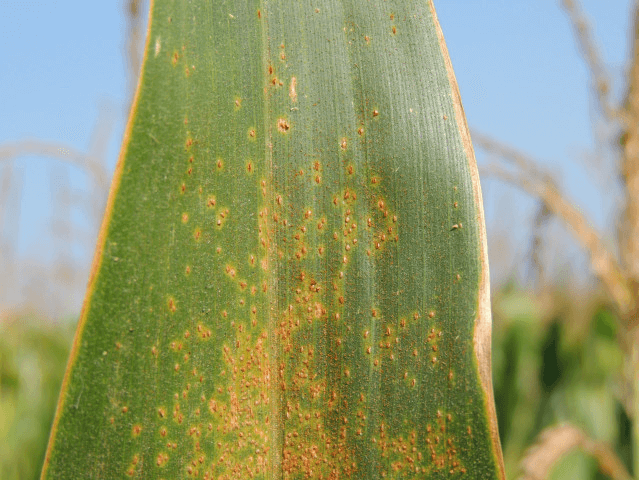
.jpg)
